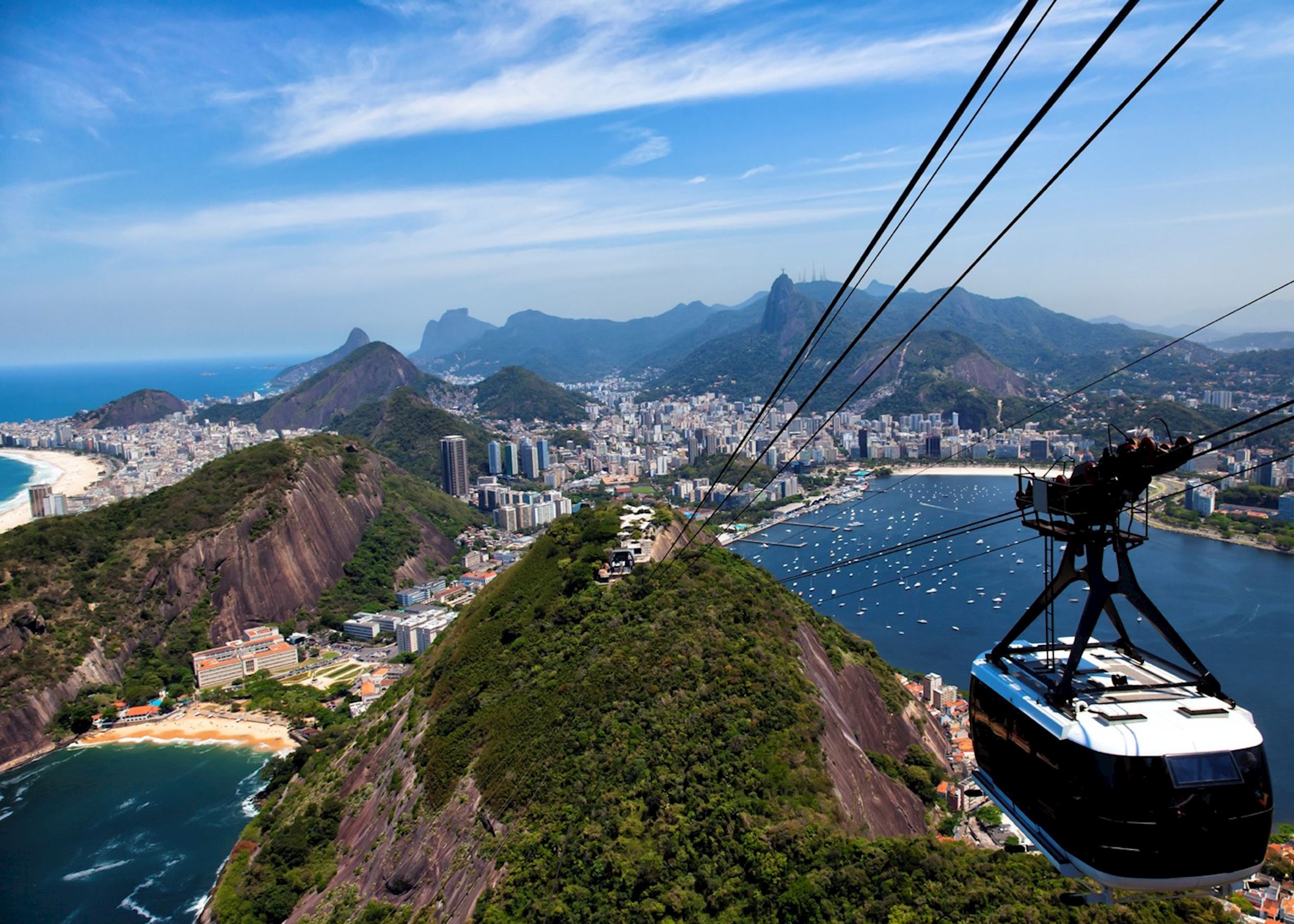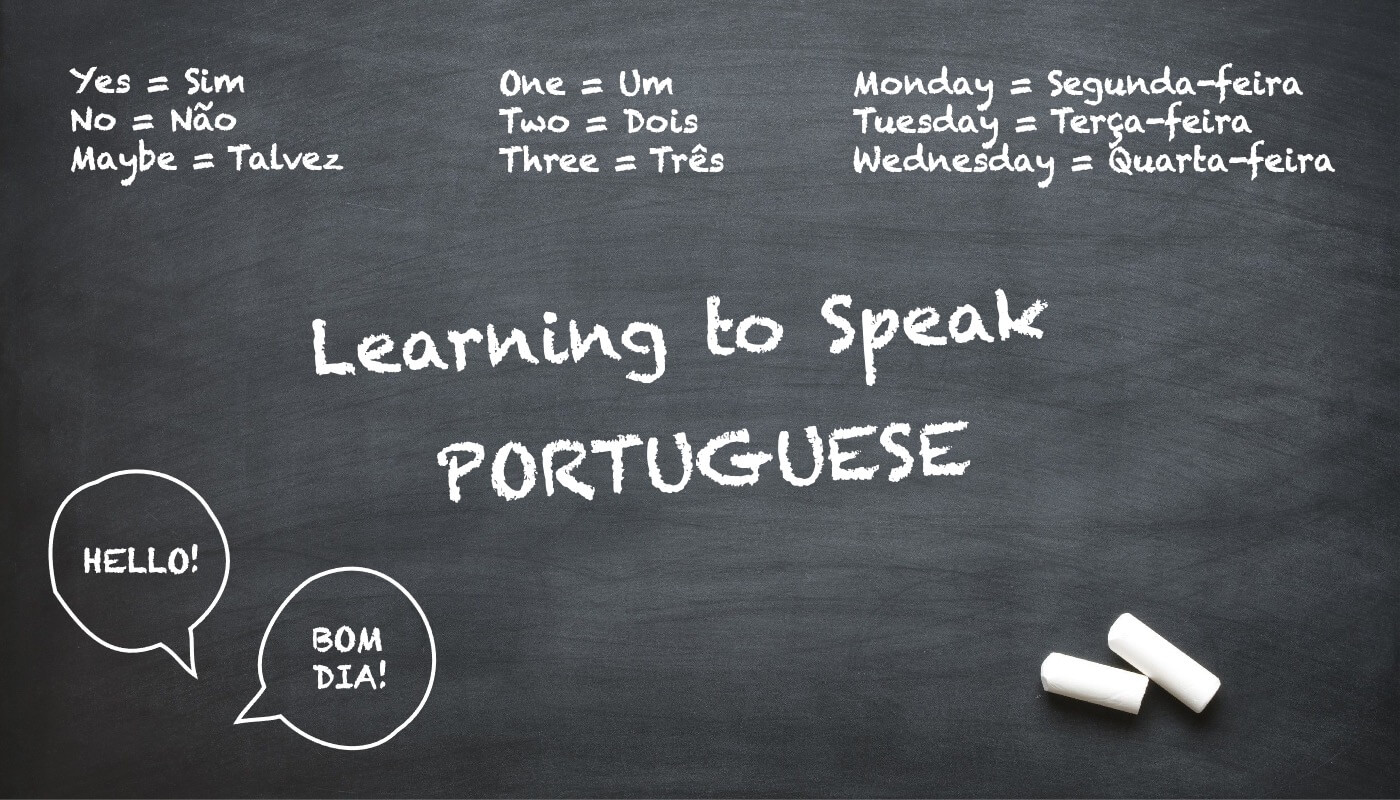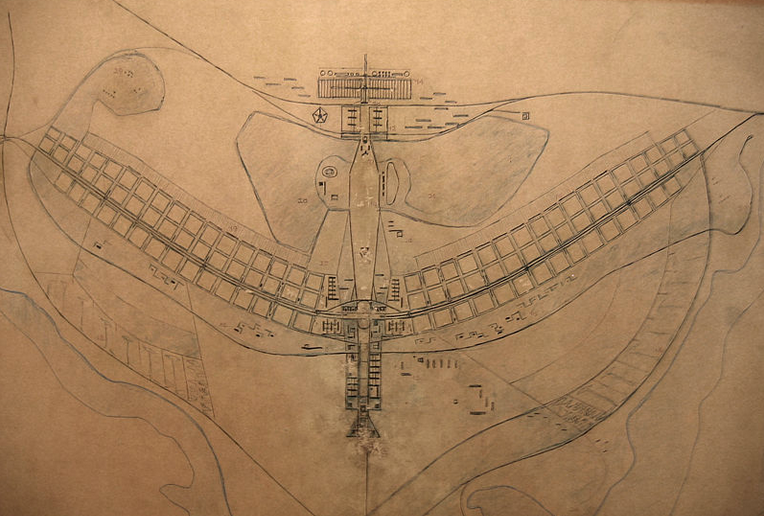Discover the Vibrant Colors of South America’s Largest Country! Welcome to Brazil, a captivating and diverse country that offers a multitude of experiences to its visitors. From bustling cities to lush rainforests, and from pristine beaches to stunning natural wonders, Brazil has it all. In this comprehensive travel guide, we will explore Brazil’s top destinations, culture, cuisine, and essential travel tips, ensuring you have an unforgettable journey.
Top Brazilian Destinations:
Rio de Janeiro:
The vibrant city of Rio de Janeiro is known for its stunning natural beauty and energetic atmosphere. Nestled between the lush mountains and sparkling ocean, Rio boasts iconic landmarks such as Christ the Redeemer and Sugarloaf Mountain. The city’s beaches, like Copacabana and Ipanema, attract sun-seekers from around the globe. For a unique experience, visit the bohemian neighborhood of Santa Teresa, where you can explore charming streets, local art galleries, and cozy restaurants. Don’t miss the opportunity to attend a samba show or soccer match at the legendary Maracanã Stadium, immersing yourself in the local culture and passion. Here are the must see things in Rio de Janeiro:
- Christ the Redeemer: A must-visit landmark atop Corcovado Mountain, offering panoramic views of the city.
- Copacabana and Ipanema Beaches: Two of the most famous beaches in the world, perfect for sunbathing, swimming, and people-watching.
- Sugarloaf Mountain: Accessible via cable car, this peak provides breathtaking views of Rio and its surroundings.
- Lapa Arches and Selarón Steps: Explore the vibrant neighborhood of Lapa, known for its iconic arches and colorful tiled staircase.
São Paulo:
São Paulo, Brazil’s largest city and 4th largest city in the world, is a sprawling metropolis with a thriving arts and culture scene. The city is a paradise for food lovers, offering a diverse culinary landscape that ranges from traditional Brazilian fare to international cuisine. Visit the São Paulo Museum of Art or the Pinacoteca do Estado to marvel at the extensive collections of Brazilian and global masterpieces. The vibrant nightlife in neighborhoods like Vila Madalena and Jardins is perfect for those looking to experience Brazil’s urban energy. For a taste of nature amidst the concrete jungle, take a stroll through the expansive Ibirapuera Park.
- Avenida Paulista: São Paulo’s main avenue, lined with museums, cultural centers, and shopping malls.
- Municipal Market: A historic market where you can sample Brazilian cuisine and fresh produce.
- Ibirapuera Park: A sprawling urban park featuring museums, monuments, and recreational facilities.
- São Paulo Museum of Art: Home to an extensive collection of Brazilian and international art.
Salvador:
Salvador, the capital of Bahia state, is a city steeped in history and Afro-Brazilian culture. The colorful colonial buildings of Pelourinho, a UNESCO World Heritage site, create a lively atmosphere filled with music, dance, and local artisans. Discover the city’s African roots through the rhythmic beats of Olodum and the flavorful Bahian cuisine, featuring dishes like acarajé and moqueca. For beach lovers, Salvador’s coastline offers idyllic spots such as Porto da Barra and Farol da Barra, perfect for soaking up the sun or enjoying a refreshing dip in the turquoise waters.
- Pelourinho: The historic city center, famous for its colorful colonial buildings and cobblestone streets.
- Elevador Lacerda: A historic elevator offering stunning views of All Saints Bay.
- São Francisco Church and Convent: A striking example of Brazilian Baroque architecture.
- Carnival: Salvador hosts one of Brazil’s most vibrant and energetic carnivals, with lively music and dancing.
The Amazon Rainforest:
The Amazon Rainforest is a breathtaking natural wonder that covers more than half of Brazil. This vast ecosystem is home to a staggering array of plant and animal species, many of which are found nowhere else on Earth. Visitors can embark on guided tours, boat trips, or even stay in jungle lodges, getting up close and personal with the flora and fauna. Witness the unique phenomenon of the Meeting of the Waters, where the dark Rio Negro and the sandy-colored Amazon River converge without mixing. A trip to the Amazon is a once-in-a-lifetime opportunity to immerse yourself in the world’s largest and most diverse rainforest.
- Manaus: The gateway to the Amazon, offering guided tours, boat trips, and jungle lodges.
- Meeting of the Waters: The unique phenomenon where the dark Rio Negro and the sandy-colored Amazon River converge but don’t mix.
- Amazonian Wildlife: Home to an incredible array of flora and fauna, including jaguars, pink dolphins, and countless bird species.
Foz do Iguaçu:
Foz do Iguaçu is the gateway to the breathtaking Iguaçu Falls, one of the world’s most impressive natural wonders. These majestic waterfalls span the border between Brazil and Argentina, with 275 individual cascades plunging over cliffs and creating a mesmerizing spectacle. The surrounding lush subtropical rainforest is teeming with wildlife, including colorful birds, playful coatis, and curious capuchin monkeys. For a thrilling experience, take a boat ride into the Devil’s Throat, the largest and most dramatic of the falls. Don’t miss a visit to the nearby Itaipu Dam, the world’s second-largest hydroelectric dam, which showcases the impressive power of human engineering.
- Iguaçu Falls: One of the world’s most spectacular waterfalls, with 275 individual cascades.
- Itaipu Dam: The world’s second-largest hydroelectric dam, offering guided tours and panoramic views.
- Parque das Aves: A bird park showcasing Brazil’s diverse avian species, including toucans and macaws.
Brazilian Culture and Festivals:
Brazilian culture is an eclectic and vibrant blend of indigenous, African, European, and Asian influences that come together to create a unique and captivating identity. At the heart of this diverse culture is a deep love for music and dance, with popular styles such as samba, bossa nova, and forró resonating throughout the country. The infectious rhythms and lively celebrations, like the world-renowned Carnival, showcase Brazil’s exuberant spirit and zest for life. The country’s rich culinary heritage reflects its multicultural roots, offering an array of flavors and ingredients that please the palate. From capoeira, a unique Afro-Brazilian martial art, to the passionate devotion to soccer, Brazilian culture is marked by a strong sense of community, warmth, and an unmistakable joie de vivre.
Brazilian Culture:
- A melting pot of indigenous, African, European, and Asian influences, Brazil boasts a rich and diverse culture.
- Music and dance play a significant role, with styles such as samba, bossa nova, and forró being popular throughout the country.
Brazilian Festivals:
- Carnival: The world’s largest street party, held annually in February or March, featuring vibrant costumes, samba dancing, and lively parades.
- Festa Junina: A traditional folk festival celebrated in June, with bonfires, dancing, and regional cuisine.
- Réveillon: New Year’s Eve celebrations featuring fireworks, live music, and all-night parties on the beaches of Rio de Janeiro
Brazilian Cuisine:
Brazilian cuisine is a delectable reflection of the country’s diverse cultural heritage, combining indigenous, African, European, and Asian influences to create a unique and mouthwatering array of flavors. The national dish, feijoada, is a hearty black bean and pork stew that perfectly showcases Brazil’s love for bold flavors and comforting fare. Regional specialties abound, such as the fragrant fish stew moqueca from Bahia or the deep-fried bean cakes called acarajé, which highlight the rich Afro-Brazilian culinary traditions. Brazilian barbecue, or churrasco, is a must-try experience, featuring succulent cuts of meat grilled to perfection and served with an assortment of sides. The country is also home to a wide variety of tropical fruits, which are often used to create refreshing juices, like açaí, or blended into tasty cocktails, such as the iconic caipirinha. Brazilian cuisine offers a sensory journey through the nation’s colorful history and varied cultural influences, leaving a lasting impression on those who have the pleasure of indulging in its flavors.
Must-Try Dishes:
- Feijoada: A hearty black bean and pork stew, considered Brazil’s national dish.
- Moqueca: A delicious fish stew made with coconut milk, tomatoes, and spices.
- Acarajé: Deep-fried bean cakes filled with shrimp, vegetables, and spices, popular in the Northeast region.
- Pão de queijo: Cheesy, gluten-free bread rolls made from tapioca flour, perfect for snacking.
- Brigadeiro: A beloved Brazilian dessert made from condensed milk, cocoa powder, and butter, rolled into small balls and coated in chocolate sprinkles.
Beverages:
- Caipirinha: Brazil’s national cocktail, made with cachaça (sugarcane liquor), lime, and sugar.
- Guaraná: A popular soft drink made from the guaraná fruit, known for its natural caffeine content.
- Açaí: A refreshing, antioxidant-rich juice made from the açaí berry, often served with granola and fruit.
Essential Travel Tips for Brazil:
Language spoken in Brazil:
- Portuguese is the official language of Brazil. Although English is spoken in tourist areas, it is helpful to learn some basic phrases.
- Spanish is also spoken in some regions, particularly near the borders with other South American countries.
Brazilian Currency:
- The Brazilian Real (BRL) is the official currency. ATMs are widely available, and credit cards are accepted in most establishments.
- It is advisable to carry some cash for smaller purchases, particularly in rural areas or street markets.
Safety during your trip to Brazil :
- Exercise caution in crowded areas and avoid displaying valuables, as pickpocketing can occur.
- Stay vigilant in major cities, especially at night, and use registered taxis or rideshare services for transportation.
- Be mindful of the Zika virus and take necessary precautions, such as using insect repellent and wearing long sleeves and pants.
Climate and Best Time to Visit Brazil:
- Brazil is a vast country with diverse climates, ranging from tropical to subtropical.
- The dry season (May to September) is generally the best time to visit, with pleasant temperatures and lower rainfall.
- The wet season (October to April) can be hot and humid, but offers the advantage of fewer tourists and lower prices.
Visa and Entry Requirements for Brazil:
- Visitors from most countries can enter Brazil without a visa for stays of up to 90 days. However, it is essential to check the specific requirements for your nationality before traveling.
- Ensure your passport is valid for at least six months beyond your planned departure date.
- Brazil has recently changed the requirements for Americans visiting Brazil and will start requiring a visa starting in October 2023.
Brazil is a vibrant and diverse country that offers an abundance of natural beauty, cultural experiences, and mouthwatering cuisine. With this comprehensive guide, you will be well-prepared to explore the best of Brazil and create memories to last a lifetime. So, pack your bags and get ready to experience the warm hospitality and unforgettable sights that this South American gem has to offer.



